Gait
Recent articles
Motor difficulties in autism, explained
Most people with autism have motor difficulties, ranging from an atypical gait to problems with handwriting, but researchers still have much to learn about their causes and consequences.
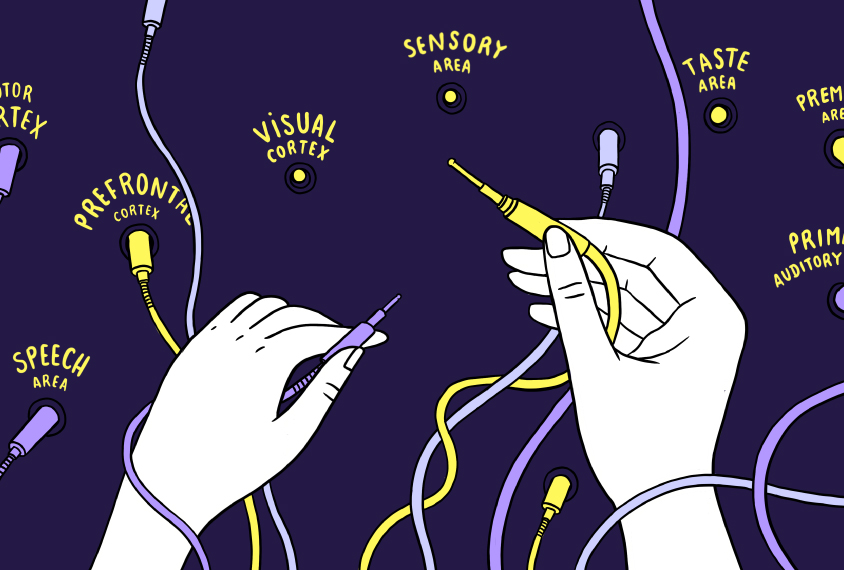
Motor difficulties in autism, explained
Most people with autism have motor difficulties, ranging from an atypical gait to problems with handwriting, but researchers still have much to learn about their causes and consequences.
Unusual gait marks mice with mutations related to autism
Mouse models of two genetic conditions related to autism show abnormalities in their movement patterns.
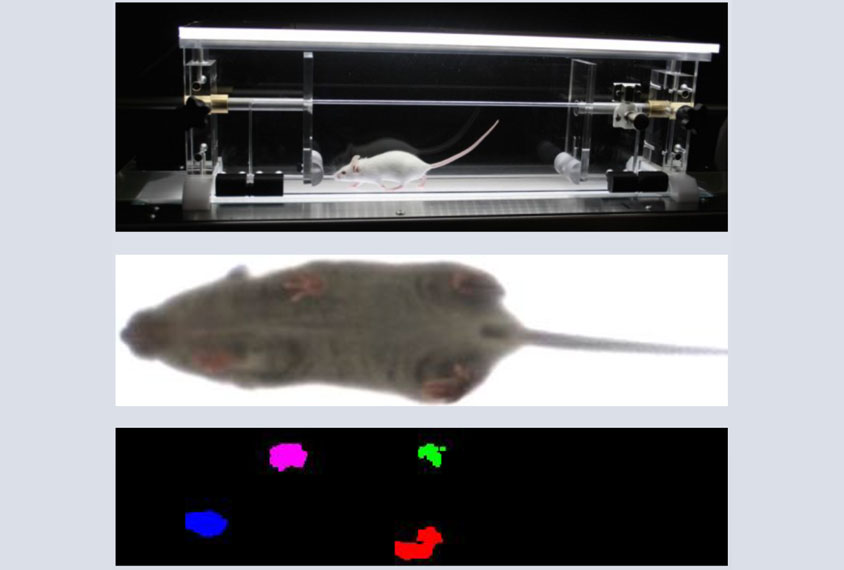
Unusual gait marks mice with mutations related to autism
Mouse models of two genetic conditions related to autism show abnormalities in their movement patterns.
Walking in virtual environment may reveal unique autism gait
A two-belt treadmill attached to a specialized display suggests that people with autism have a distinct walking style.
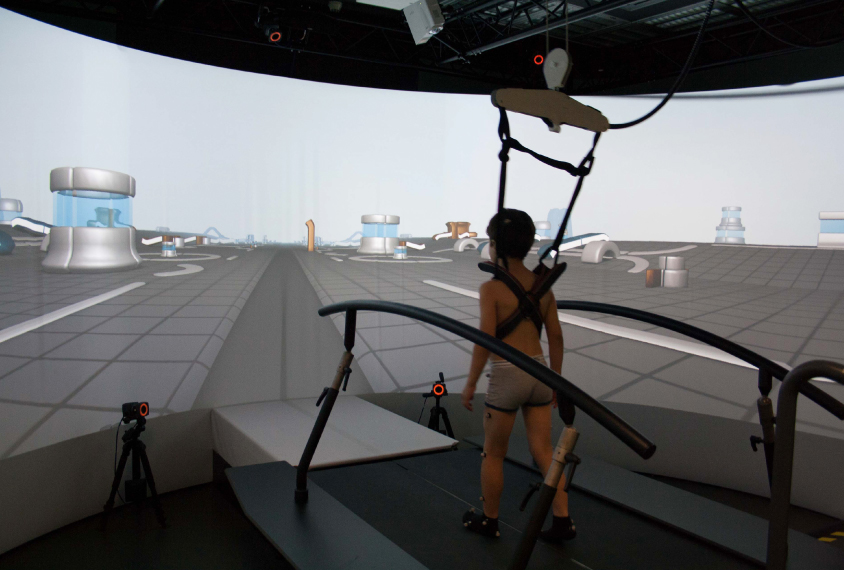
Walking in virtual environment may reveal unique autism gait
A two-belt treadmill attached to a specialized display suggests that people with autism have a distinct walking style.
Siblings of children with autism may have trouble with motor tasks
Siblings of children with autism have motor difficulties similar to those in autistic children, but milder.
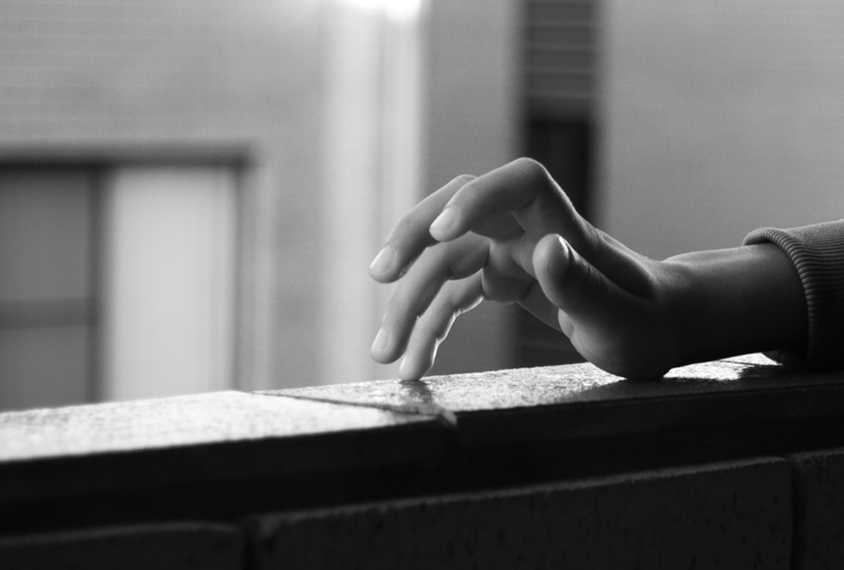
Siblings of children with autism may have trouble with motor tasks
Siblings of children with autism have motor difficulties similar to those in autistic children, but milder.
Mutations in autism gene may trigger milder effects than does its loss
People with mutations in SHANK3 have milder features than do those missing a chunk of DNA that includes the gene.
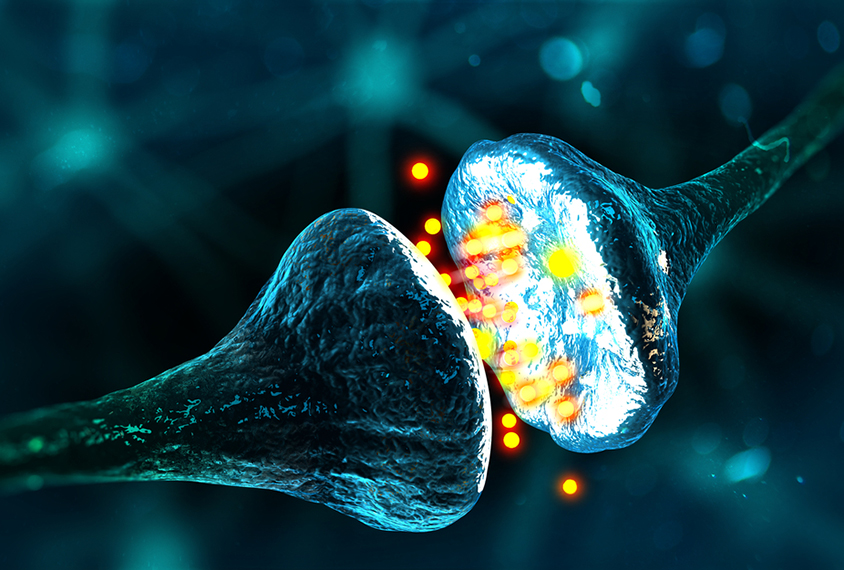
Mutations in autism gene may trigger milder effects than does its loss
People with mutations in SHANK3 have milder features than do those missing a chunk of DNA that includes the gene.
Walking doesn’t deliver language gains for children with autism
Children with autism do not show the burst of vocabulary growth that usually accompanies learning to walk.

Walking doesn’t deliver language gains for children with autism
Children with autism do not show the burst of vocabulary growth that usually accompanies learning to walk.
Experimental Huntington’s drug improves gait in Rett mice
A candidate drug in clinical trials for Huntington's disease reverses gait problems in a mouse model of Rett syndrome.
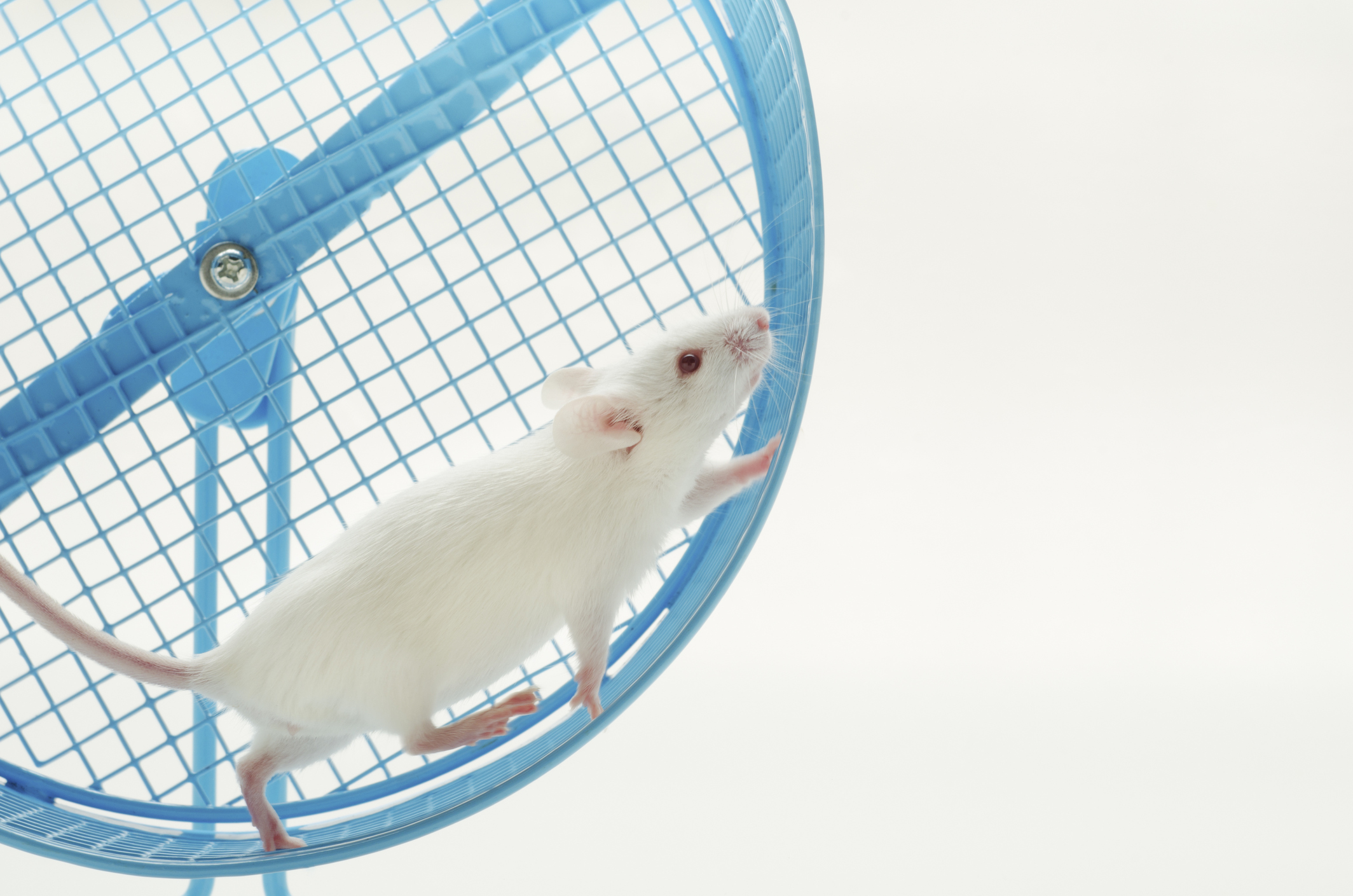
Experimental Huntington’s drug improves gait in Rett mice
A candidate drug in clinical trials for Huntington's disease reverses gait problems in a mouse model of Rett syndrome.
Drug improves gait in children with Phelan-McDermid syndrome
A new measure of motor skills suggests that insulin-like growth factor 1 improves movement in people with Phelan-McDermid syndrome.
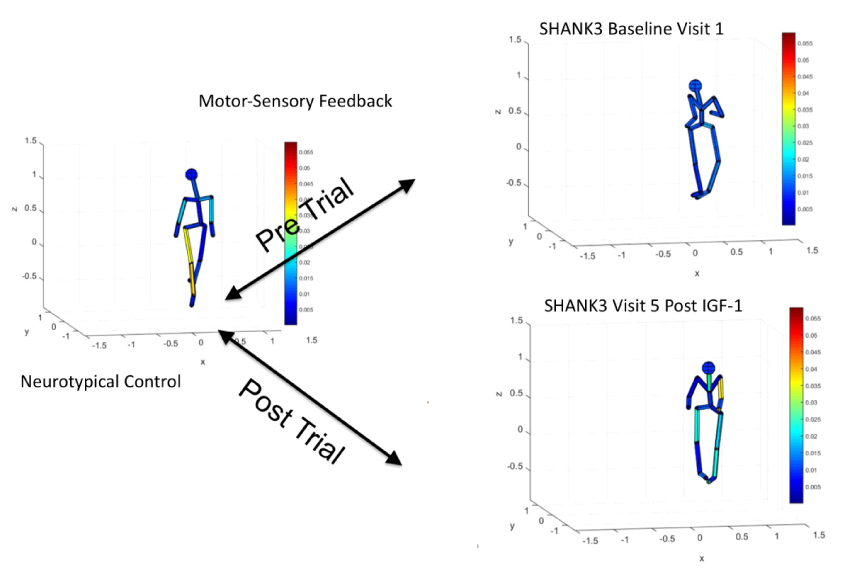
Drug improves gait in children with Phelan-McDermid syndrome
A new measure of motor skills suggests that insulin-like growth factor 1 improves movement in people with Phelan-McDermid syndrome.
Autism in motion
Children with autism are often clumsy, physically awkward or uncoordinated. This understudied and nearly ubiquitous feature has researchers contemplating a new idea: Could motor problems be one source of autism’s social difficulties?
Autism in motion
Children with autism are often clumsy, physically awkward or uncoordinated. This understudied and nearly ubiquitous feature has researchers contemplating a new idea: Could motor problems be one source of autism’s social difficulties?
Repurposed drugs may treat Angelman syndrome
An acne drug, a dietary supplement and a failed sleeping aid each show promise for Angelman syndrome, according to unpublished results presented Tuesday at a meeting.

Repurposed drugs may treat Angelman syndrome
An acne drug, a dietary supplement and a failed sleeping aid each show promise for Angelman syndrome, according to unpublished results presented Tuesday at a meeting.
Explore more from The Transmitter
AI-assisted coding: 10 simple rules to maintain scientific rigor
These guidelines can help researchers ensure the integrity of their work while accelerating progress on important scientific questions.
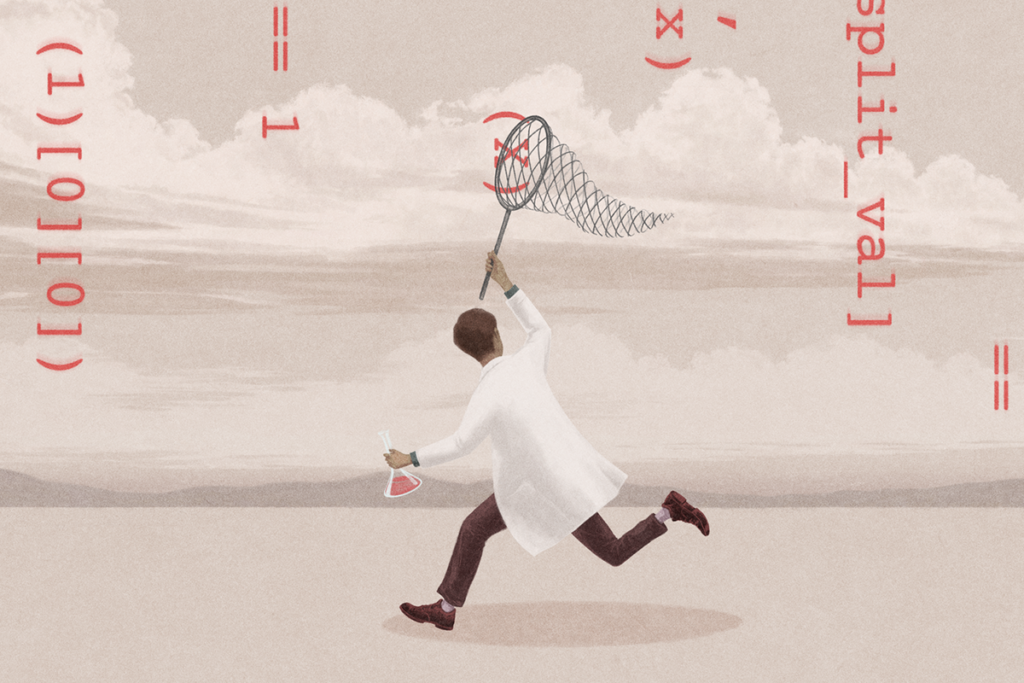
AI-assisted coding: 10 simple rules to maintain scientific rigor
These guidelines can help researchers ensure the integrity of their work while accelerating progress on important scientific questions.
Glutamate receptors, mRNA transcripts and SYNGAP1; and more
Here is a roundup of autism-related news and research spotted around the web for the week of 15 December.
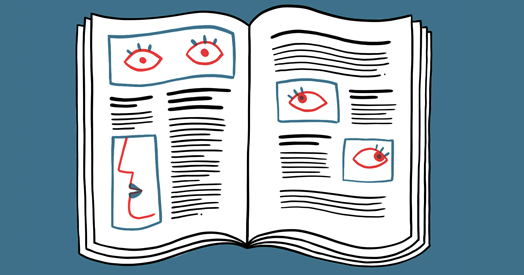
Glutamate receptors, mRNA transcripts and SYNGAP1; and more
Here is a roundup of autism-related news and research spotted around the web for the week of 15 December.
Frameshift: Shari Wiseman reflects on her pivot from science to publishing
As chief editor of Nature Neuroscience, Wiseman applies critical-thinking skills she learned in the lab to manage the journal’s day-to-day operations.
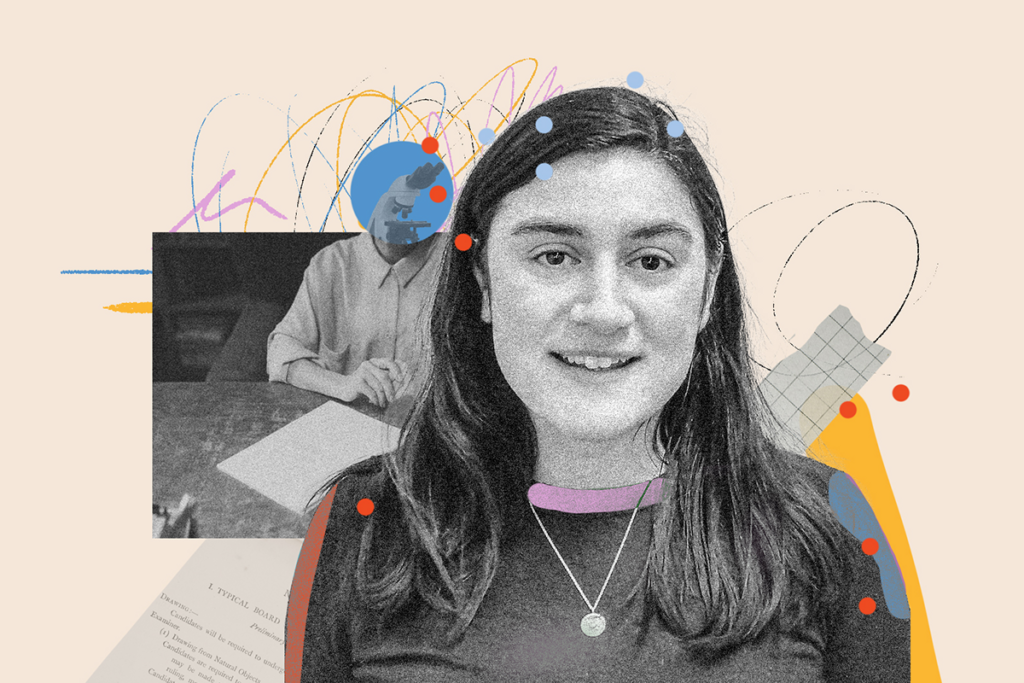
Frameshift: Shari Wiseman reflects on her pivot from science to publishing
As chief editor of Nature Neuroscience, Wiseman applies critical-thinking skills she learned in the lab to manage the journal’s day-to-day operations.